posted during vacations
The Grumman X-29 is an American experimental aircraft that tested a forward-swept wing, canard control surfaces, and other novel aircraft technologies. Funded by NASA, the United States Air Force and DARPA, the X-29 was developed by Grumman, and the two built were flown by NASA and the United States Air Force.[1] The aerodynamic instability of the X-29's airframe required the use of computerized fly-by-wire control. Composite materials were used to control the aeroelastic divergent twisting experienced by forward-swept wings, and to reduce weight. The aircraft first flew in 1984, and two X-29s were flight tested through 1991
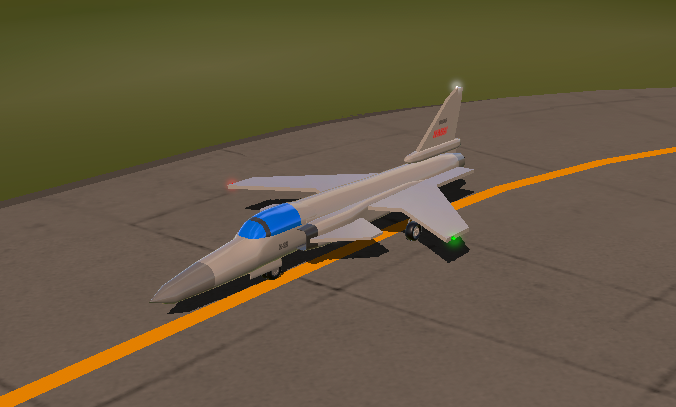
operational history
The first X-29 took its maiden flight on 14 December 1984 from Edwards AFB piloted by Grumman's Chief Test Pilot Chuck Sewell.[2] The X-29 was the third forward-swept wing jet-powered aircraft design to fly; the other two were the German Junkers Ju 287 (1944) and the HFB-320 Hansa Jet (1964).[9] On 13 December 1985, an X-29 became the first forward-swept wing aircraft to fly at supersonic speed in level flight.
The X-29 began a NASA test program four months after its first flight. The X-29 proved reliable, and by August 1986 was flying research missions of over three hours involving multiple flights. The first X-29 was not equipped with a spin recovery parachute, as flight tests were planned to avoid maneuvers that could result in departure from controlled flight, such as a spin. The second X-29 was given such a parachute and was involved in high angle-of-attack testing. X-29 number two was maneuverable up to an angle of attack of about 25 degrees with a maximum angle of 67° reached in a momentary pitch-up maneuver.[10][11]
The two X-29 aircraft flew a total of 242 times from 1984 to 1991.[3][12] The NASA Dryden Flight Research Center reported that the X-29 demonstrated a number of new technologies and techniques, and new uses of existing technologies, including the use of "aeroelastic tailoring to control structural divergence", aircraft control and handling during extreme instability, three-surface longitudinal control, a "double-hinged trailing-edge flaperon at supersonic speeds", effective high angle of attack control, vortex control, and demonstration of military utility
Specifications
General Characteristics
- Created On Android
- Wingspan 23.0ft (7.0m)
- Length 39.6ft (12.1m)
- Height 11.4ft (3.5m)
- Empty Weight 10,236lbs (4,643kg)
- Loaded Weight 12,295lbs (5,577kg)
Performance
- Power/Weight Ratio 0.913
- Wing Loading 18.2lbs/ft2 (88.7kg/m2)
- Wing Area 676.9ft2 (62.9m2)
- Drag Points 2284
Parts
- Number of Parts 83
- Control Surfaces 7
- Performance Cost 394

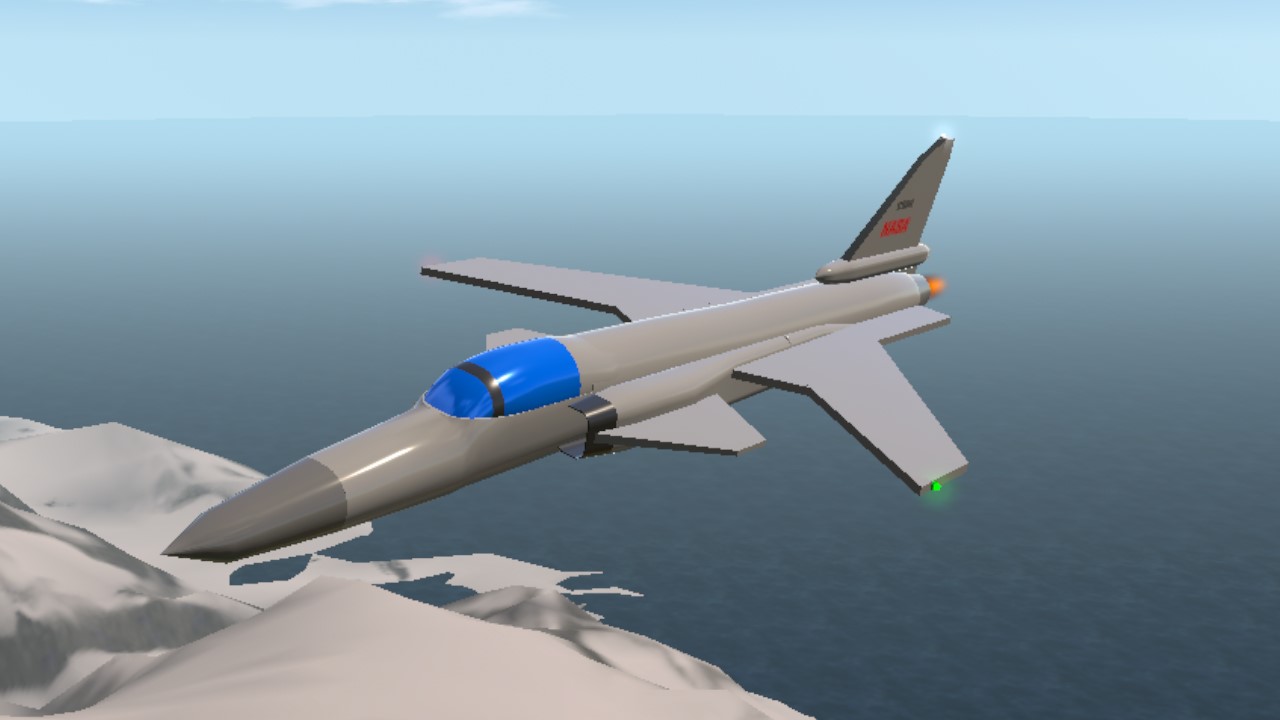
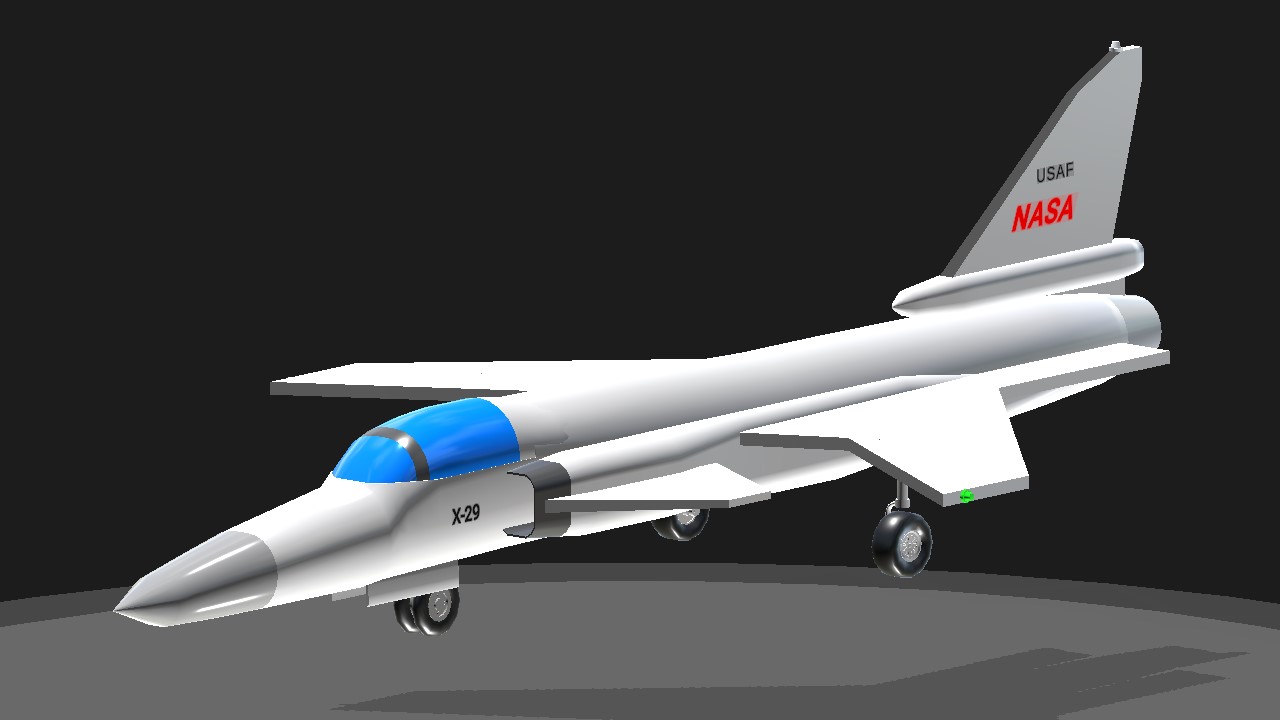
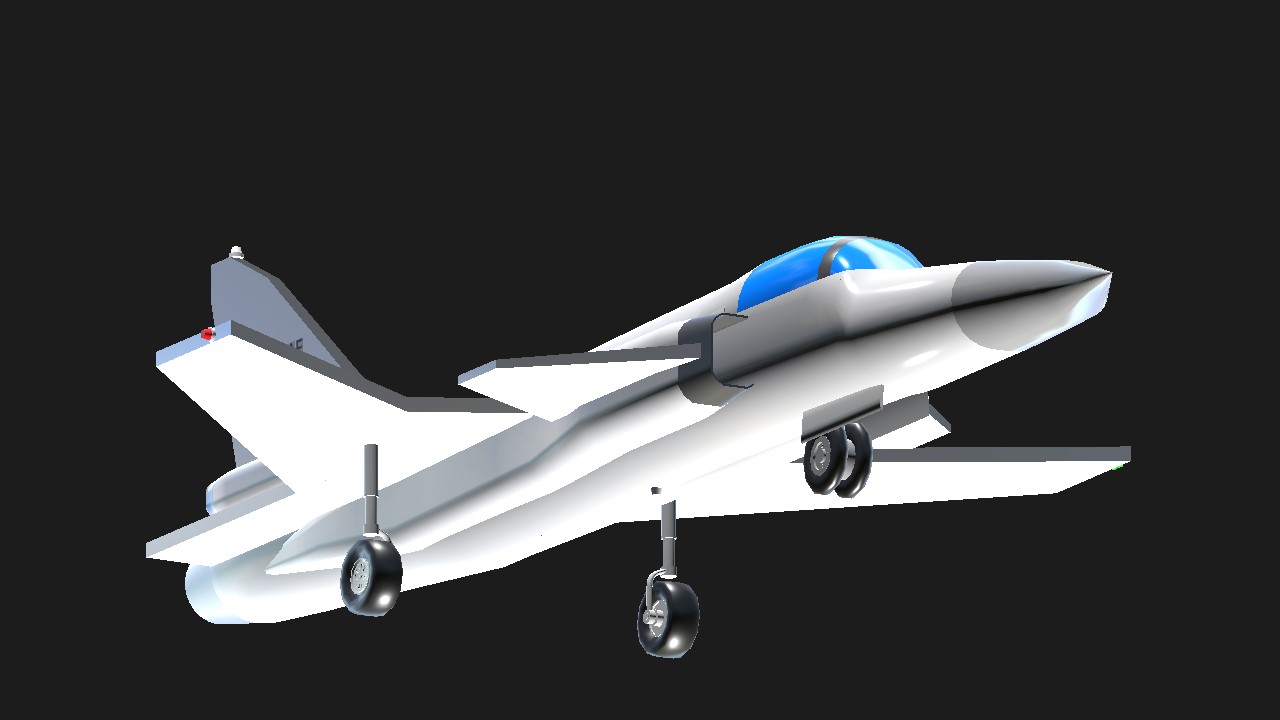
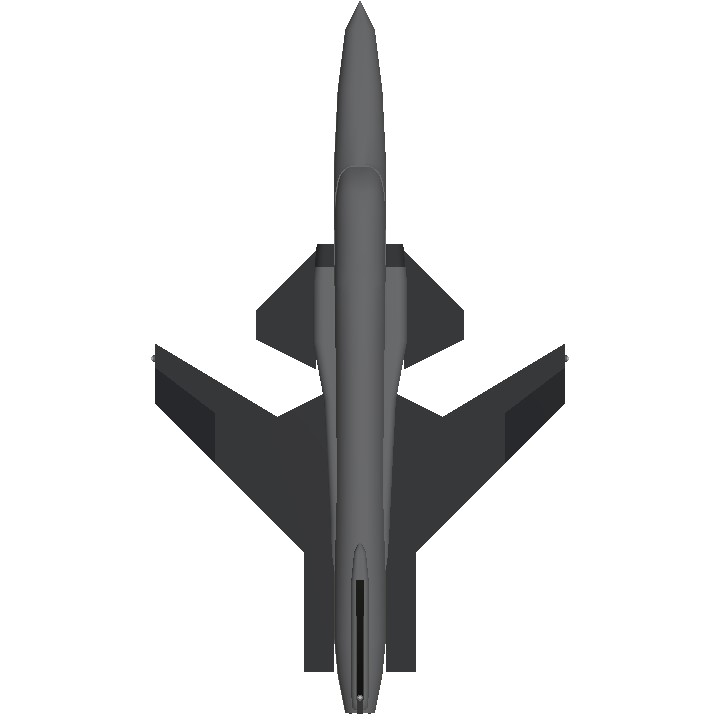
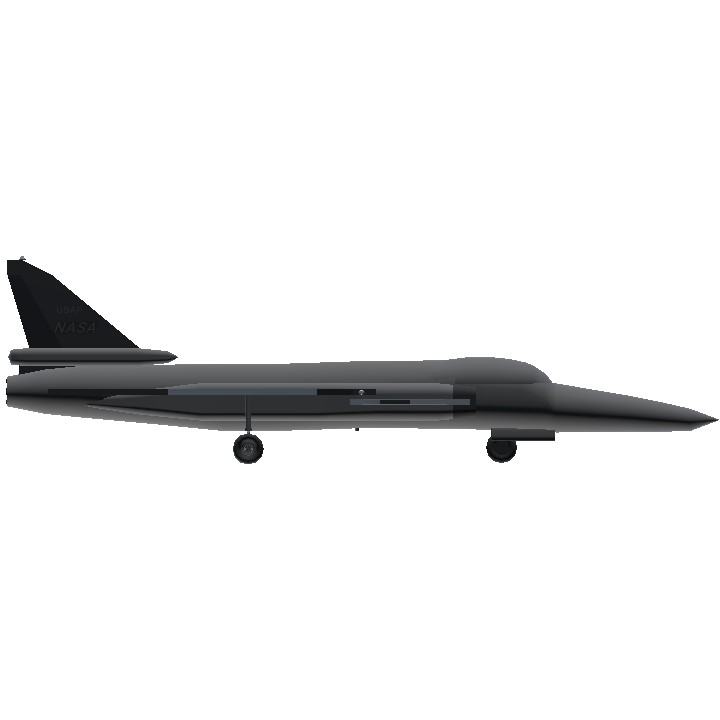
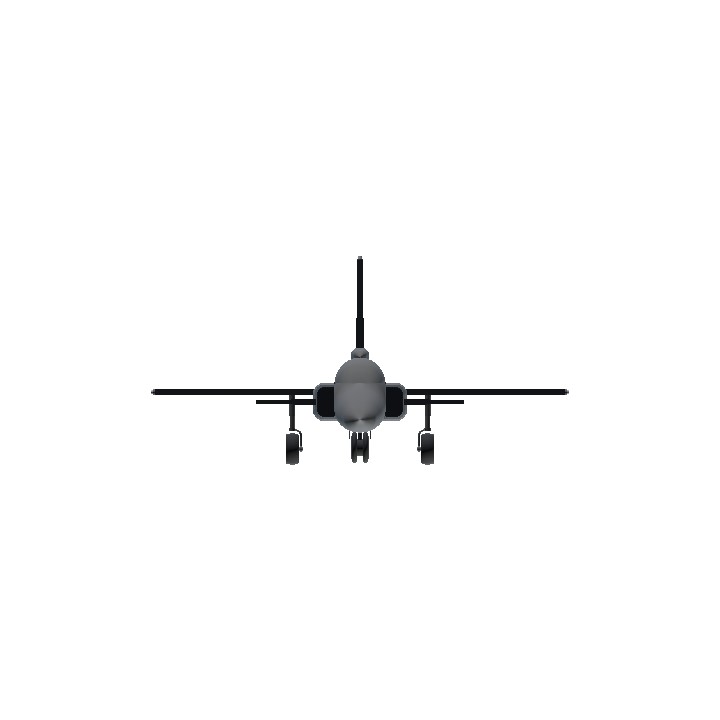
👍